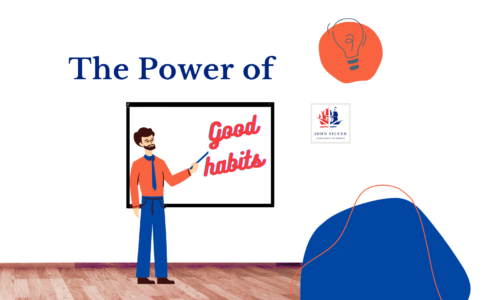
QUIET QUITTING: what is quiet quitting and why it’s happening
- business english, cambiamento climatico, Inglese, Social sustainability
- communication, communicationskills, leadership, management, manager, motivation, quietquitting, work, workplace
- 30 Ottobre 2022
What is quiet quitting?
With 10 million hashtags on TikTok, “quiet quitting” is the latest trend and a mirror of our times. But what does it mean? In practice, one works as much as he needs to, avoiding overtime or extras, in order not to get sucked into a hyperactivity and hyper-reactivity system. Quiet quitting was stimulated by smart working during the height of the pandemic, in which separating home and office became virtually impossible. Quiet quitters consider work and career no longer a priority, and in many cases have resigned without a ready-made alternative. This is problematic for companies that have always counted on extras to reach their financial targets, even more considering that concerns Millennials and Gen Z. But, do we have to work 8 to 12 hours per day to reach our full potential?
The reasons for quiet quitting.
“I’m addicted to you Don’t you know that you’re toxic?” sang Britney Spears in 2003, and quiet quitters agree. Their urgent need is not to get absorbed by the toxic working environment, and to better manage work and life balance. This is a legitimate need, considering that we have grown up in a hustle society, with money as our unique God. Then, having experienced the working market first-hand, we have also realized what the consequences can be in terms of stress and occupational burnout, a state of physical or emotional exhaustion that can affect people’s physical and mental health.
The importance of good managers.
But there is a hidden, deeper reading behind quiet quitting, something that many companies still don’t get, and that is employee satisfaction. It is a management crisis. Most of the quiet quitters do not feel like working alongside managers who care about them and encourage their development. We need flexible working environments not only in terms of times and places but above all in terms of managing people who have the right to balance work and private life in the best possible way.
Quiet quitting and motivation.
The downside of quiet quitting is that it removes any emotional investment one might have from his work. As I wrote in my previous article about motivation, most of us want to be proud of our contributions and the work we do. There are bad qualities that can be adopted from quiet quitting, in terms of motivation, flexibility, team working
(https://www.greenfeeling.it/2022/10/23/intrinsic-and-extrinsic-motivation/).
A possible solution.
In the end, quiet quitting can be a starting point to finding a good balance between our job and real life, but it can backfire, and it is sad because we spend so much of our time at work. It is good that we gradually started to think outside the box and understand that there is a lot more in life than working and waiting for the weekend. But not pushing to our limit does not mean not getting involved in what we are doing. And we still need a good working environment. The solution is to have managers available for discussion. If they start being good listeners, they will show empathy, which helps to understand the emotions of another person. It is such an important concept that will be discussed in the next article. For now, just bear in mind that this is among the key factors in helping organizations become better workplace environments. Leadership is not merely the idea of accomplishing an organization’s goals, but also the personal impact managers have on employees’ lives.
Matteo Felici






Fern
I was suggested thhis web site viia mmy cousin. I’m nnot positive whrther thhis submit iss written viaa hhim as nobody else understand sch partocular about mmy
trouble. You’re amazing! Thanks!
опрессовка отопительной системы
Hello there! I could have sworn I’ve been to this blog before but after reading through some
of the post I realized it’s new to me. Anyways, I’m
definitely glad I found it and I’ll be bookmarking and checking back frequently!
Team Gree Feeling
Thanks!
zoritoler imol
I have been reading out a few of your stories and i must say pretty nice stuff. I will make sure to bookmark your site.